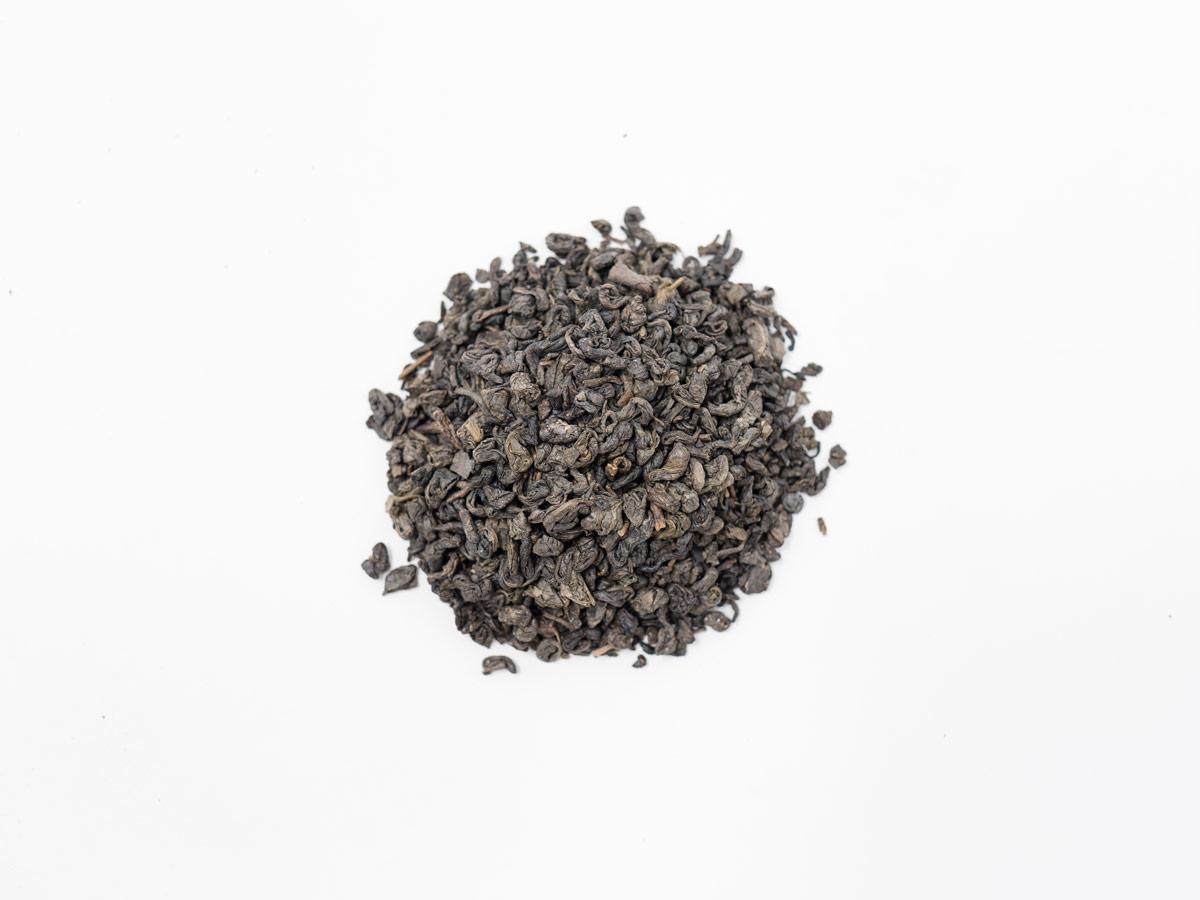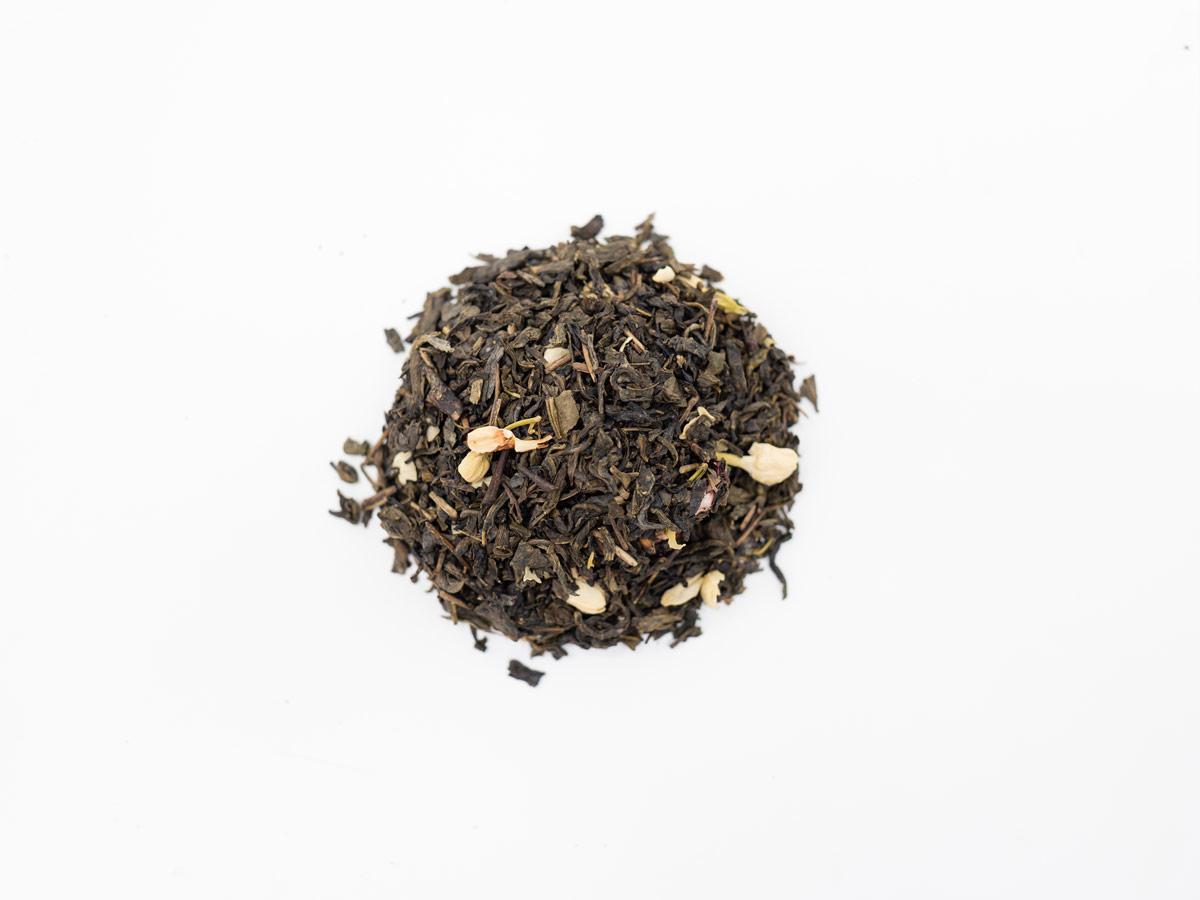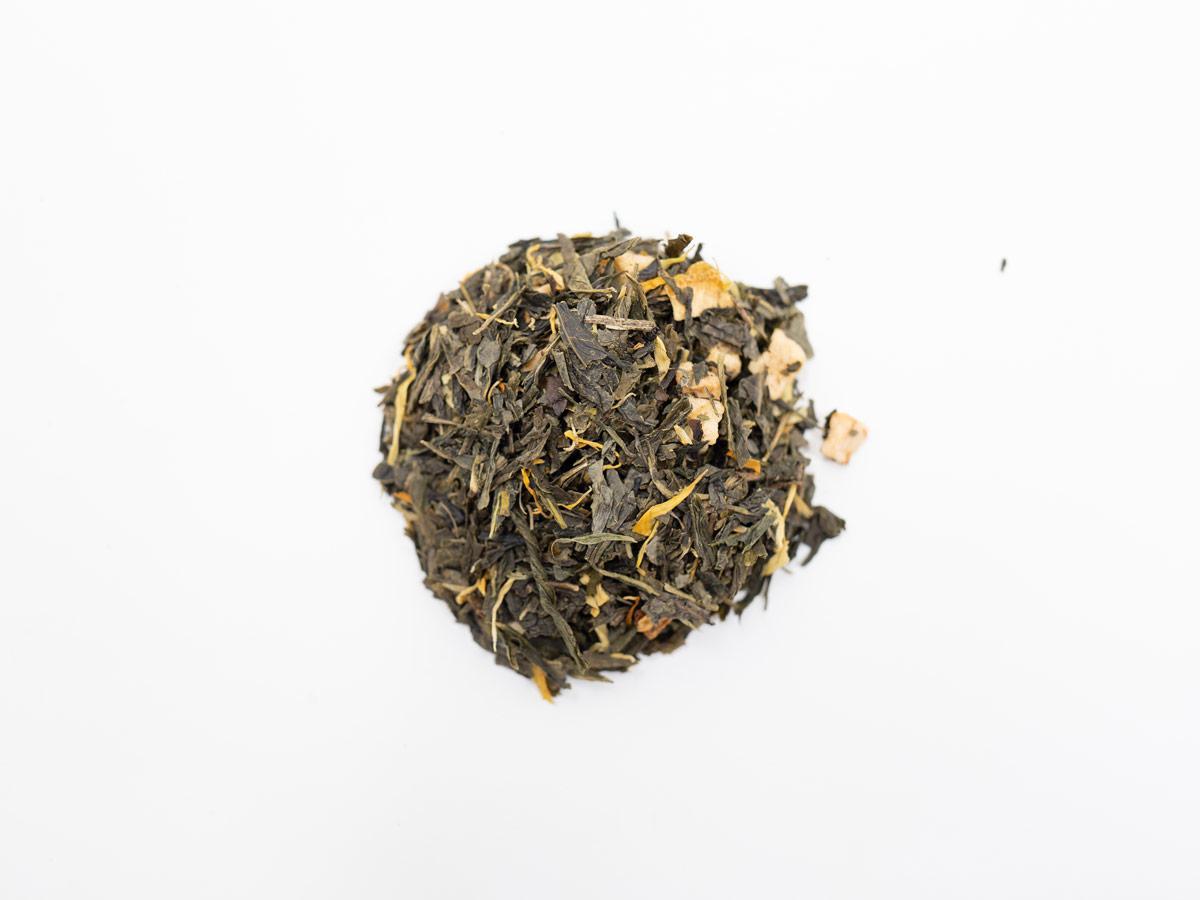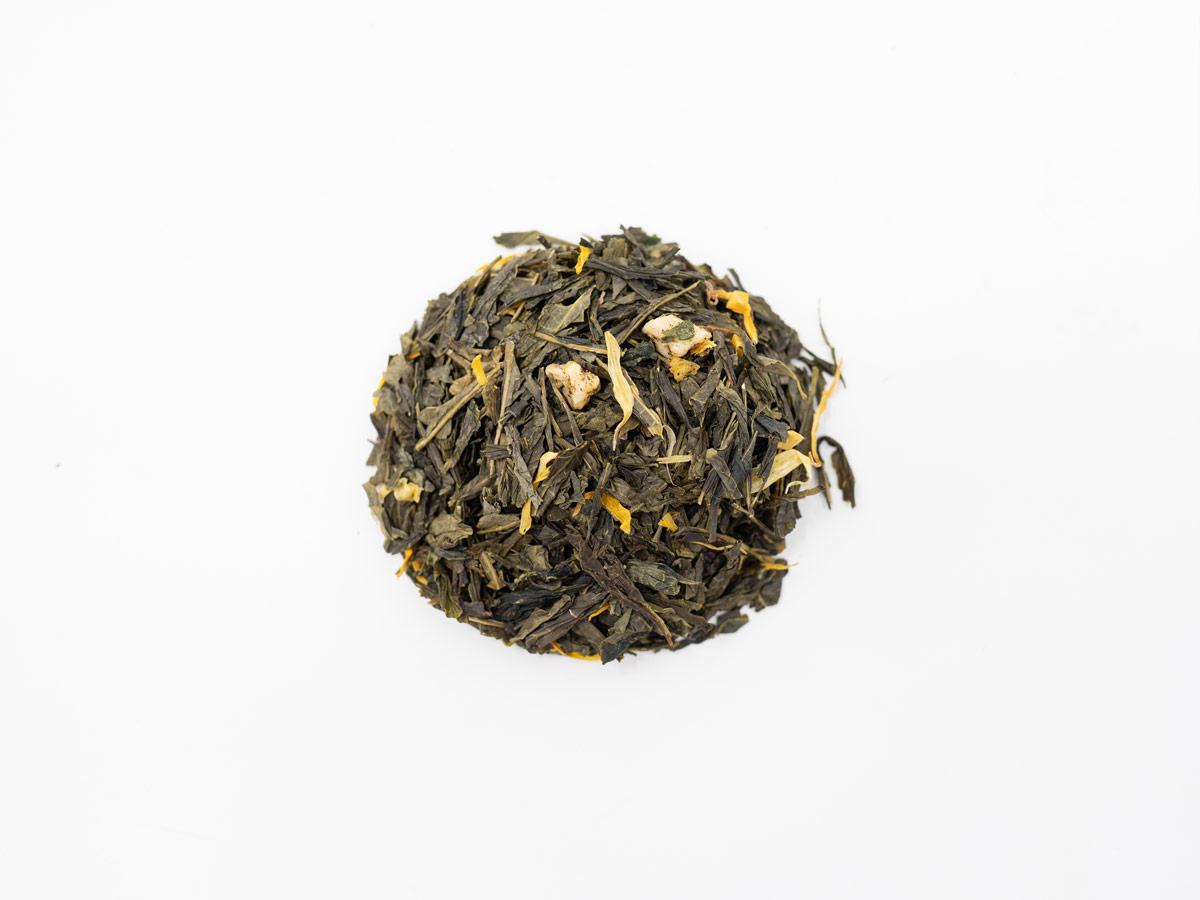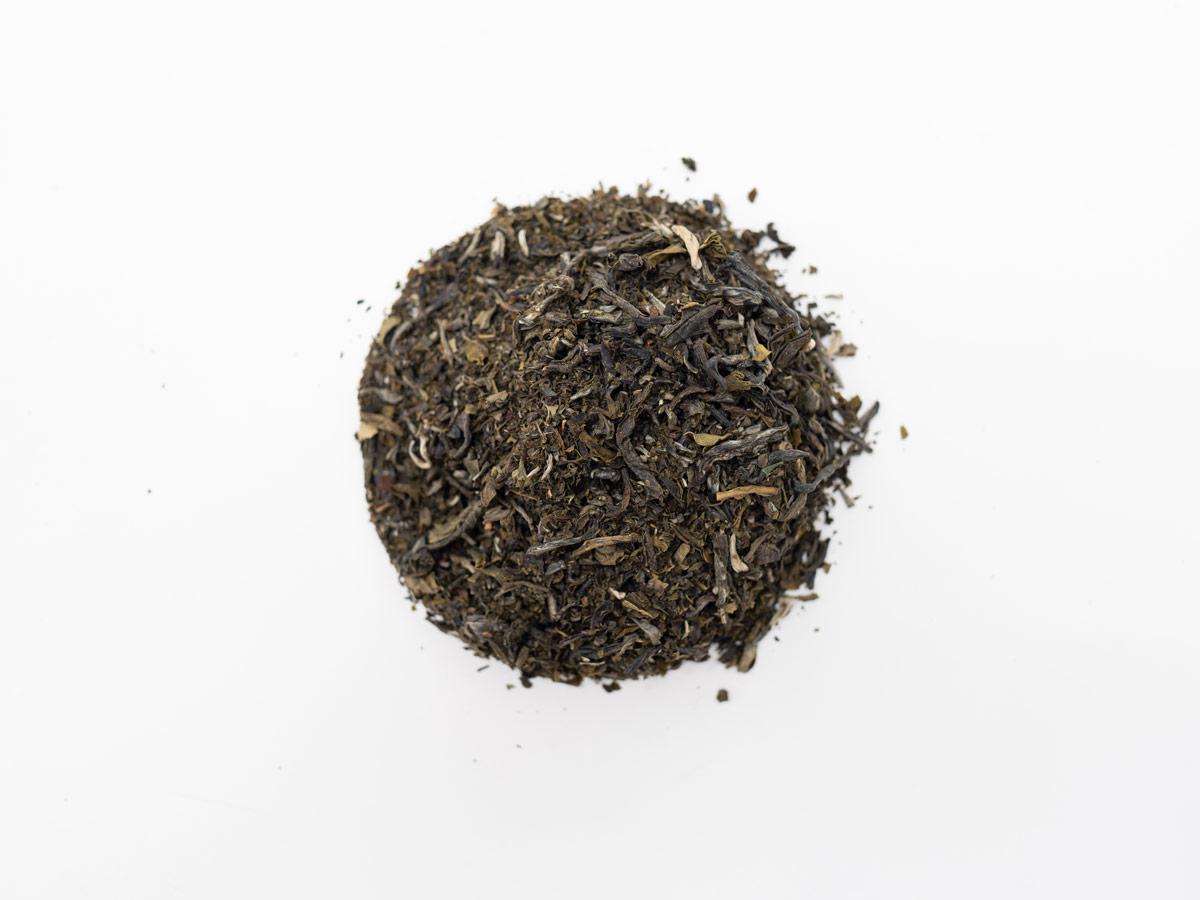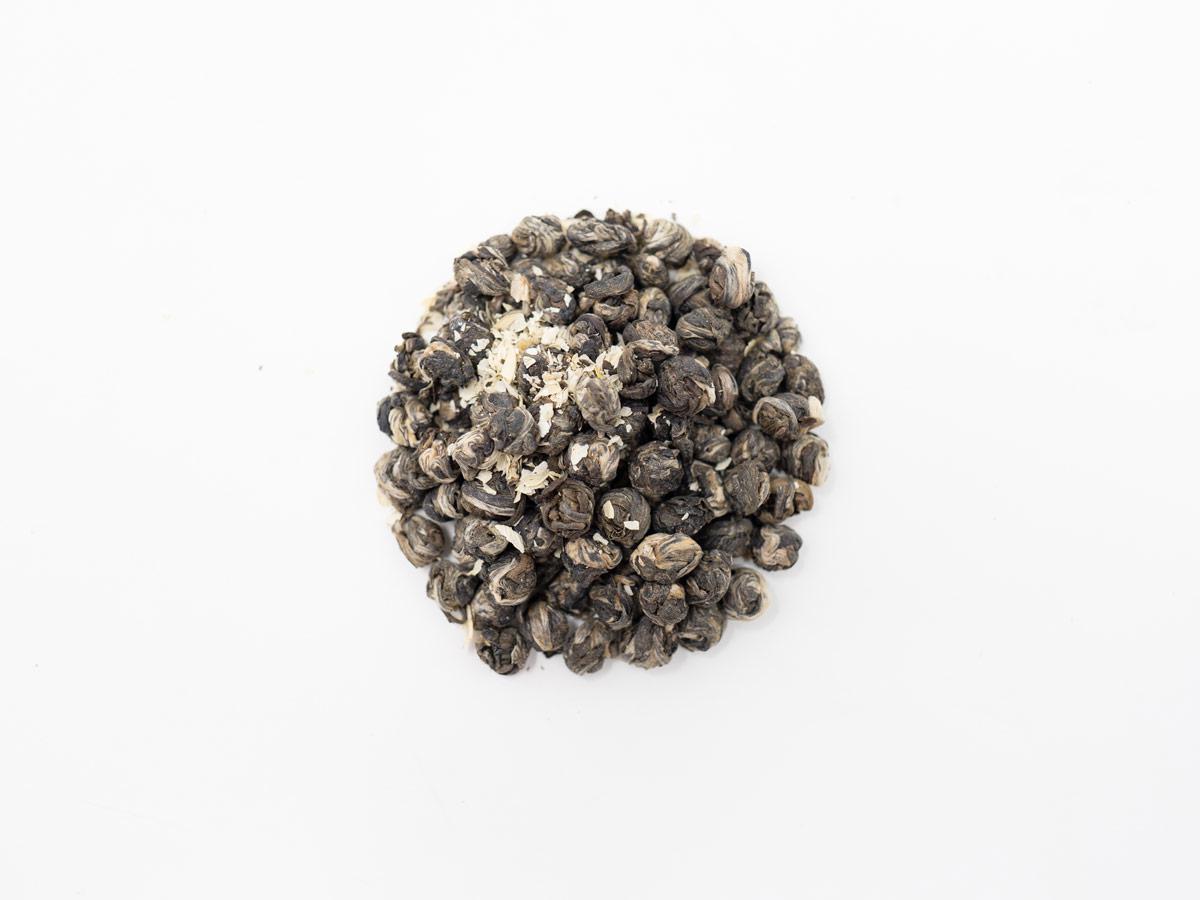I’ve Learned So Matcha
Since my background is mostly coffee, there was much for me to learn about matcha. I have enjoyed tea, but to be honest, for most of my life, I couldn't tell you the difference between premium and run-of-the-mill tea. It wasn't until I started working at Hackberry Tea that the world of tea opened up to me. I began to hear rumblings about matcha, but the intricacies of this tea were lost on me. Not long ago, Matt, the owner of Hackberry, announced we would be serving matcha at the Sagebrush Coffee Shop and that I would be writing about matcha. I wasn't sure what to think, and I didn't know where to start because I couldn't be speaking from more of a novice point of view. I wanted to share this with you as the customer because I didn't want to come across as an expert, but I wanted to share how I could go from thinking that matcha would be like drinking grass clippings to enjoying it far more than I thought I would. To my surprise, I don't just like it; I love it! It's like I've gone through a personal tea evolution. That sounds so cheesy to me, but you, as a Hackberry customer, know premium tea and can appreciate someone's journey.
So now, I'm excited to write about matcha and invite you to buy it from Hackberry Tea. When I say it's amazing, I'm not just saying it; I mean it, which is a complete surprise to me. And, if you're ever visiting Chandler, Arizona, or are a resident, come in and have the best available. Just like all of our other products, Matt chooses only the best. If you're unfamiliar with matcha, it's a green flour-like powder stirred in hot water with a traditional bamboo whisk. The powder comes from grinding the highest quality tea leaves. This is the first of a series of articles dedicated to educating tea-lovers on the history, processing, preparation, and so much more of matcha. It really is a special tea.
The History of Matcha
Matcha is known for being a Japanese tea, but it didn't originate in Japan. The use of matcha as we know it has an ancient beginning. Over 1000 years ago, a Japanese Zen monk named Eisei Myon visited China and became fascinated with how they ground tea leaves to a powder-like substance to enjoy. He really loved this new way of drinking tea and took it back to Japan. Not long after, making tea from powder lost popularity in China, but it grew in Japan. Over the last century, this style of enjoying tea became ingrained in Japanese culture to such an extent that ceremonial practices using matcha became common. Getting the right consistency is a painstaking process. Leaves must be fresh and cannot oxidize, and only the highest quality leaves are used for Japanese Tea Ceremony. The practice, preparation, and ceremonial elements of matcha have been part of Japanese culture since the 8th century, but its popularity in the U.S has picked up steam in recent years.
The processing of matcha is meticulous and highly detailed. Careful methods are used for growing, shading, picking, drying, grinding, and storing matcha. Ceremonial grade matcha comes only from the first harvest of properly shaded Camellia Sinensis plants. Leaves are shaded for approximately 20 days before picking, which encourages chlorophyll development and is how ceremonial grade matcha gets its bright green color. The leaf is also fuller and velvet-like. When leaves are ready for harvest, leaves from the first flush, which is the term used for the first spring harvest, are picked. Leaves can be harvested year-round, but after the first flush, any tea leaves picked are lower grade matcha and not ceremonial grade.
Handpicked Leaves
Once leaves are ready for harvest, they are only ever handpicked. They must be handpicked because one by one to make sure the right leaves are selected. From there, leaves are immediately sent for processing.
Processing Methods
Oxidation is a very common process for tea, and if you were trying to get black tea, oxidation is not just welcome but necessary. But for matcha, oxidation is the last thing you want because preserving the leaves in their freshest state is the ultimate goal. The very first task is stopping oxidation as quickly as possible. All you need is air and light for oxidation to begin, so this process must happen quickly and efficiently. For matcha, oxidation is stopped by steaming and air-drying leaves, which also enhances the green color of the leaf. Different Match companies may do the steaming and drying process differently, but they are all trying to accomplish the same thing, remove moisture while preserving freshness.
Aracha
The purpose of drying is to remove all the moisture from the leaves. Once leaves are steamed and dried, they are considered semi-processed and are referred to as Aracha. At this point, matcha that will not be immediately distributed is stored in cooler temperatures. Historically, Aracha was stored in large bins high in the mountains where temperatures were consistently cool. Now they can be stored in refrigerators where the temperature is monitored. Since preserving freshness was so difficult, it's understandable why only the rich and powerful had access to the freshest matcha.
Tencha
When leaves are taken out of storage because they're ready for distribution, they will go through the final processing phase. The leaves are cut, and stems are separated. This process can be done by hand but is often done by machine. Once stems are removed, and leaves are cut, the final product before grinding is Tencha. Then leaves are cut, and stems are separated.
Stone Ground
Once Tencha is ready, it's placed in stone grinders. These grinders work slowly and carefully to make sure the perfect consistency is achieved. Usually, only highly trained experts work with them. The rooms where these stone grinders are located are carefully monitored as well for moisture, light, and temperature. So, even at this final stage, oxidation is closely monitored. All you need is light and air, so making sure both are limited and controlled impacts the final result. After all that work, handpicking leaves, steaming, drying, storing, cutting, removing stems, grinding to the perfect consistency, it's no wonder that matcha is such a special drink. Every cup represents a commitment to excellence and precision.
Not all Matcha is Made Equal
Like I mentioned before, only leaves from the first harvest are the best. And only those leaves are used for ceremonial grade matcha. How do you know which matcha is the best? There are three levels to consider:
Ceremonial Grade
Ceremonial grade is the highest quality of matcha available. It's the only tea used in Japanese tea ceremony, and if you're a recreational matcha drinker, this would be the most luxurious and highest quality matcha you can find. Like I mentioned earlier, tea leaves can be harvested for matcha year-round, but for Ceremonial Grade, they are only harvested in the spring, and it's always the first harvest which is also referred to as the first flush.
Culinary Grade
Culinary grade doesn't necessarily mean lower quality. Different harvests produce different types of matcha. You can get culinary grade in the first harvest because only the best leaves are picked for ceremonial grade, leaving smaller and less colorful leaves behind. But since they are from the first harvest, the flavor may still be full and excellent. Any leaves from the first flush will be high quality as long as they are properly shaded. You can drink Culinary Grade matcha, but the flavor may not be as good as ceremonial grade. Culinary grade is excellent for mixing in other ingredients and is often used for cooking. You can even add it to smoothies. It has a high level of antioxidants and has great health benefits.
How to Prepare Matcha
- Get the temperature right
Considering how carefully matcha is grown, the same precision and care should go into brewing it. A significant indicator of improper preparation or lower quality matcha is bitterness. You may have high-quality ceremonial grade matcha, but if you prepare it with too hot water, you may end up with a bitter cup of matcha. Taking the extra step of making sure water is at the right temperature will go a long way to make sure that you enjoy matcha the way it's meant to be.
- Use the right tools
Making matcha correctly is very important, especially for Japanese tea ceremony, and chances have you spent a pretty penny on your matcha. Using a bamboo whisk and stirring the right way will ensure getting the right foamy texture matcha was intended to have. With the right temperature and tools, you'll make the best cup of matcha you've ever had.
Steps:
Put 2-3 grams of matcha in a cup. Some people sift it, but it's a personal preference.
- Add 40-45 grams of water (2-2.5 ounces) of water heated between 175-180 degrees.
- Stir using a bamboos whisk to make sure the powder is dispersed, and then whisk with a zigzag or "W" motion briskly until you see the foam form at the top.
- Pour into a cup and enjoy
Storing Matcha
Matcha doesn't have a long shelf life. Once you open it, it's best to use it within two months. It's best to store in a dark, airtight container. Don't let any light or air come in contact with matcha to maintain its ultimate freshness. Buy small quantities to make sure you're always enjoying fresh matcha.
If you want to make your matcha a little more interesting, here's a recipe suggestion for you...
Blueberry Matcha Latte
Ingredients:
- 1 tsp Matcha
- 1 oz Water
- 1/14 cup frozen blueberries
- 1 tsp honey or another sweetener of your choice
- 1 cup milk or milk substitute of your choice
- Ice
Matcha can be much like an espresso shot. Before you pour water or other ingredients, you prepare matcha with a small amount of water.
Steps:
- Prepare matcha using warm water and set aside.
- Microwave blueberries and honey and mix them together.
- Pour blueberry mix into a glass.
- Add ice.
- Pour milk over ice.
- Pour your shot of matcha over milk.
- Stir and enjoy!






